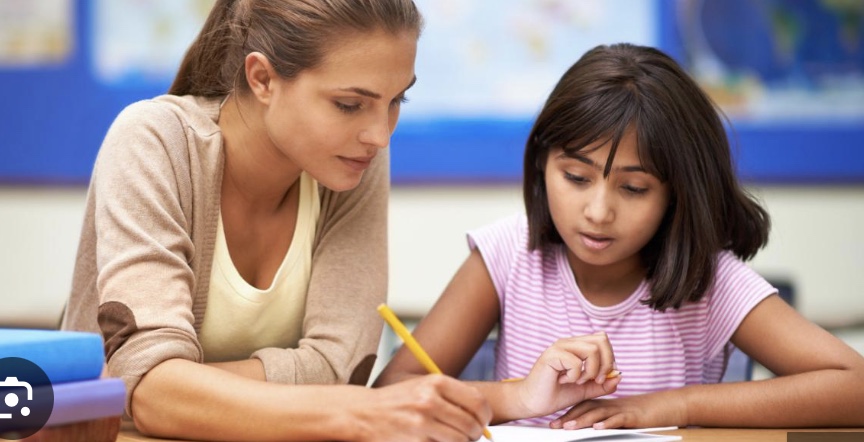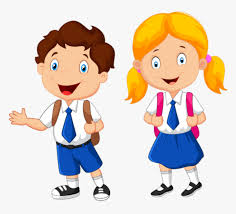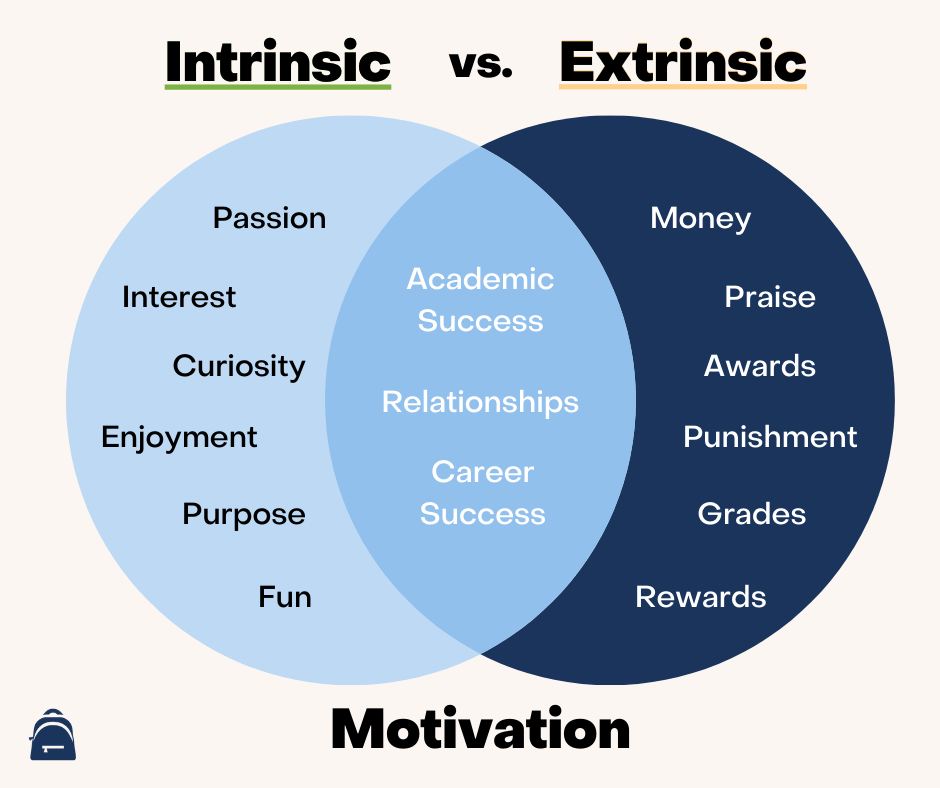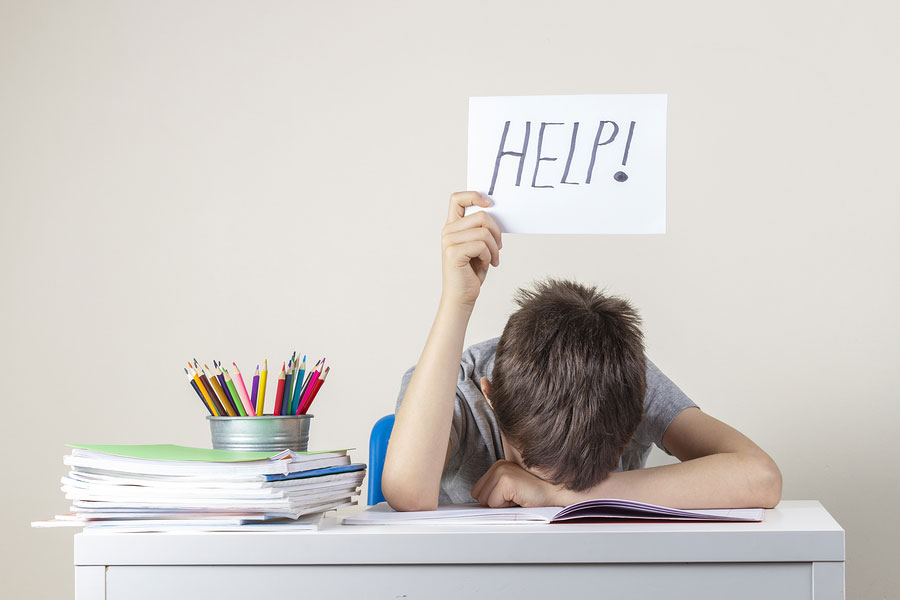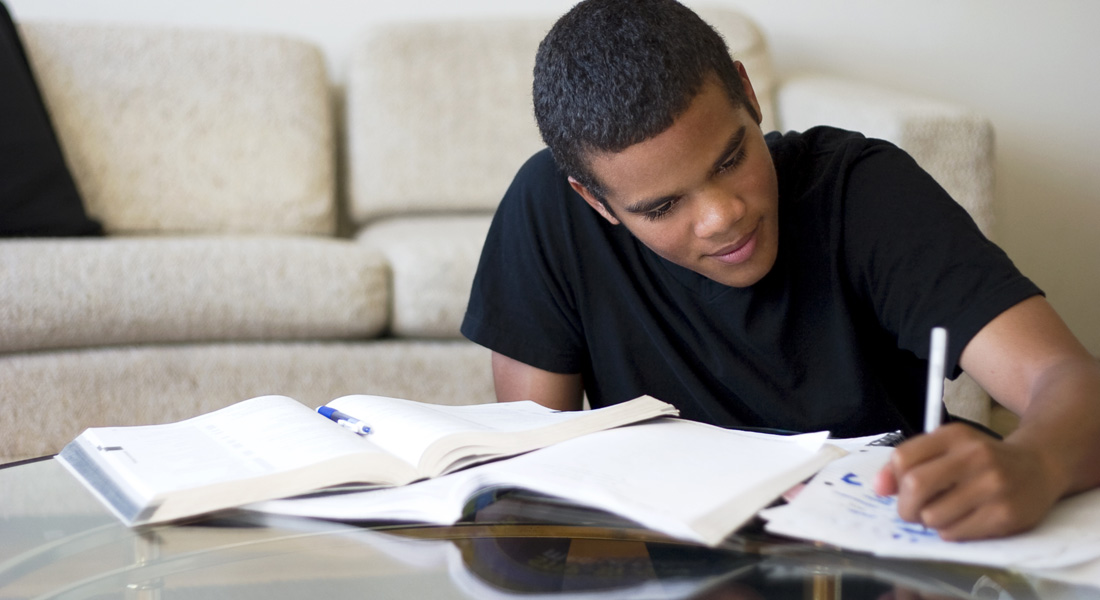
Studying is often seen as something we have to do, not something we want to do. But when we look a little closer, studying actually brings a surprising number of benefits – far beyond just getting good grades. It helps shape who we are, how we think, and what kind of future we can build for ourselves.
One of the biggest advantages of studying is that it opens doors. Every new concept you learn – whether it’s a maths strategy, a historical event, or a scientific idea – adds another tool to your personal toolkit. These tools help you understand the world better and give you more choices later on. Even if you don’t know what you want to do yet, learning widely gives you the freedom to explore.
Studying also strengthens important life skills. When you practise solving problems, planning tasks, or reading complex texts, you’re training your brain to think more clearly and logically. These skills don’t just help with schoolwork – they help with making decisions, managing responsibilities, and communicating with others. In many ways, studying is like exercise for the brain: the more you use it, the stronger it becomes.
Another positive side of studying is the confidence it builds. There’s something incredibly satisfying about understanding a topic you once found difficult. That moment when everything “clicks” reminds you that you’re capable of growing, improving, and handling challenges. Over time, these little wins add up and help you believe in your own ability to succeed.
Studying can even be enjoyable when you find subjects that genuinely spark your interest. Whether it’s psychology, art, science, literature, or technology, discovering what excites you can be fun and motivating. It’s often through studying that people find their passions.
Most importantly, studying shapes your future. It prepares you for opportunities, teaches you discipline, and helps you develop a curious, open-minded approach to life. While it can feel tough at times, the long-term rewards are worth the effort.
Studying isn’t just about school. It’s about personal growth, confidence, and creating possibilities. And those benefits stay with you far beyond the classroom.
Amanda Susanto


